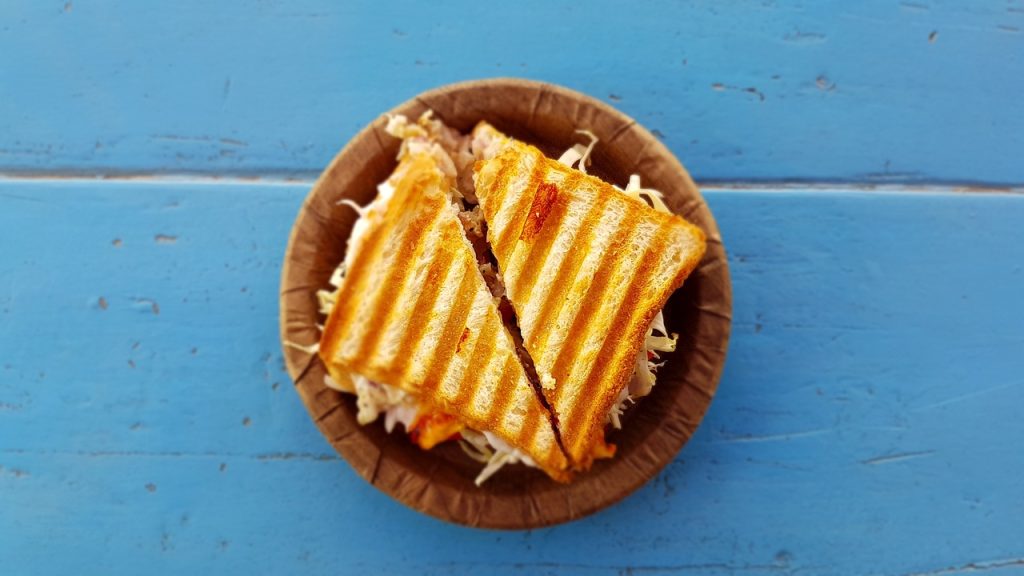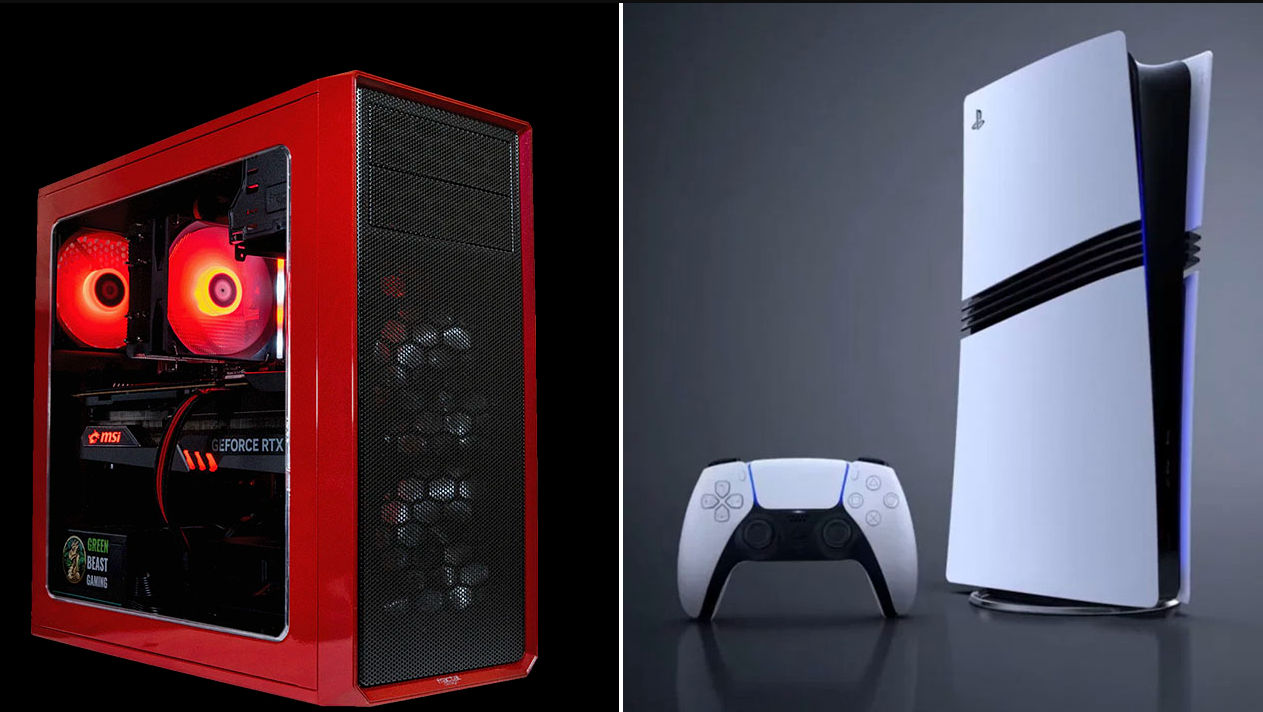Choosing a sandwich maker is not just about buying another kitchen appliance, it’s an investment in cosy family breakfasts, quick snacks and creativity in cooking. Here are a few key points to help make your choice an informed and successful one.
Cooking power and speed
The power of a sandwich maker is a key factor that determines its efficiency and usability in the home. Let’s take a closer look at how power affects the cooking process and what this means for the user.
Importance of power
- Fast heating: Units with 700 to 1000 watts of power can heat up quickly, reducing the time you have to wait before cooking. This is especially valuable in the morning when every minute counts.
- Even heat distribution: The high power output ensures that the heat is evenly distributed over the entire surface of the plates. This means that each sandwich will be evenly browned on all sides, without raw or overcooked areas.
- Cooking efficiency: With high power devices, you can be sure that your sandwiches will be ready faster while maintaining the perfect texture and flavour. This makes cooking not only fast but also predictable, which is important for maintaining the quality of your meals.
How to choose the optimum power
- Consider your needs: If you often cook for a large family or like to prepare food in advance, a high-powered model is ideal. For smaller families or individual use, units with lower power are suitable.
- Consider the type of food: Some dishes require a softer and more even heating. If you plan to use the sandwich maker for a variety of cooking tasks, choose a model with adjustable power.
- Balance between power and energy consumption: Although high power increases cooking speed, it can also increase energy consumption. Consider this aspect, especially if you are striving for energy efficiency in the home.
Materials of construction and build quality
The materials and build quality of a sandwich maker play a decisive role not only in its appearance and durability, but also in its safety of use and ease of maintenance. Let’s take a closer look at what materials are used in the production of sandwich makers and what advantages they offer.
Non-stick plate coating
- Importance: The non-stick coating prevents food from sticking to the surface of the plates, making it easier to clean after use and allowing you to cook with less or no oil. This promotes a healthy diet and reduces the calorie content of the food.
- Types of coatings: There are different types of non-stick coatings, the most common being Teflon and ceramic. Teflon coatings are well proven for durability and performance, but require careful handling to avoid scratches. Ceramic coatings are an environmentally friendly option, they are resistant to high temperatures and do not contain harmful chemicals.
Enclosure materials
- Stainless steel: Stainless steel enclosures are highly durable, corrosion resistant and easy to maintain. They give the device a modern and stylish look and provide additional protection against mechanical damage.
- Heat-resistant plastic: High quality heat resistant plastic is also used in the production of sandwich makers due to its lightness and ability to withstand high temperatures without warping. Plastic housings are available in a wide range of colours, allowing you to match the unit to your kitchen design.
Build quality
- Tight joints: A quality assembly includes tight and even joints without gaps from which ingredients can leak out during cooking. This also prevents moisture from getting inside the appliance, which could lead to damage.
- Secure fasteners: All components of the sandwich maker, including plates and handles, must be securely fastened to ensure safety and ease of use. Secure fasteners ensure that the unit will last a long time without breaking.
Types of plates and their functionality

The interchangeable plates in the sandwich maker are an innovative solution that significantly increases the possibilities of this kitchen appliance. The variety of plates not only expands the range of dishes you can prepare, but also makes the cooking process more creative and interesting. Let’s take a closer look at the types of plates and their functionality.
Sandwich and toast plates
These plates usually have recesses for sandwiches, allowing you to not only toast the bread but also bake the filling inside, creating delicious and hearty sandwiches. The shape of the recesses can vary, offering classic triangles or squares, which adds to the aesthetics of the serving.
Wafer wafers
The waffle plates transform the sandwich maker into a waffle maker, allowing you to make flavourful waffles in minutes. It is ideal for preparing breakfast or desserts. The size and shape of the waffles may vary depending on the plate model.
Grill plates
These plates have a fluted surface, ideal for grilling meat, fish, vegetables or even fruit in grill style. These plates allow you to achieve the characteristic grill pattern and add a pleasant aroma and flavour to your dishes, typical of open-flame cooking.
Pancake and pancake plates
Some sandwich maker models are equipped with plates specially designed for making pancakes and crepes. These plates usually have a smooth surface with shallow indentations to ensure even batter distribution and perfect pancake thickness.
Plates for scrambled eggs and omelettes
Specialised plates for cooking scrambled eggs and omelettes make it possible to cook these dishes without using a frying pan. They have recesses of the right shape and size, allowing you to cook scrambled eggs or omelettes quickly and without excessive fat.
Advantages of exchangeable plates
- Versatility: One unit can be used to cook a variety of dishes, saving space in the kitchen.
- Time saving: Fast heating and cooking saves time, especially in the morning.
- Easy to clean: Most replacement plates can be washed in the dishwasher, making it easy to clean up after cooking.
Choosing a sandwich maker with a set of interchangeable plates, you get not just a device for making sandwiches, but a multifunctional culinary tool that will open up new horizons in cooking.
Size and capacity of the sandwich maker
The size and capacity of the sandwich maker are critical parameters to consider when choosing this kitchen appliance. They affect not only the number of simultaneously prepared sandwiches, but also the overall usability and storage of the device. Let’s take a closer look at these aspects.
Sandwich maker capacity
- One or two sandwich models: Ideal for one person or a couple. These units take up less space in the kitchen and are convenient for quick snacks.
- Three or four sandwich models: The perfect choice for large families or for those who often have guests. Cooking several portions at the same time saves considerable time and effort in the kitchen.
Device size
- Compact models: Ideal for small kitchens or kitchens with limited storage space. Many compact models offer the option of vertical storage, minimising the need for space.
- Larger models: Offer greater capacity and are often equipped with additional features. However, these units take up more space both on the kitchen counter and in the storage cupboard.
Selection of size and capacity
There are several factors to consider when choosing the size and capacity of your sandwich maker:
- Frequency of use: If you plan to use the sandwich maker regularly to prepare breakfast for the whole family, a model with a large capacity will be most preferable.
- Kitchen space: Evaluate the available space in your kitchen and the storage space for the appliance. Compact models are better for small kitchens.
- Social occasions: If you like to host parties or family gatherings, a model that can make several sandwiches at the same time will be ideal.
Additional features
Additional functions such as temperature control, timer with auto-off and readiness indicators make using the sandwich maker more convenient and safer. They allow you to precisely control the cooking process, preventing overcooking and ensuring perfect results with every use.
Brand and price
When choosing a sandwich maker, it is important to pay attention not only to the brand, but also to the functionality, size, and materials of manufacture. Base it on your needs and preferences, as well as on the recommendations of other users.
Brands
- Breville: Known for its high quality and innovative solutions in kitchen appliances.
- Cuisinart: Offers a variety of sandwich maker models with different functions and stylish designs.
- Hamilton Beach: Known for its combination of affordable price and good quality.
- T-fal: Offers reliable and functional sandwich makers with innovative features.
- Panini Press: Specialises in grilled sandwich makers with a variety of settings.
Prices
- Sandwich maker prices can vary depending on the brand, model and functionality. From simple models to more advanced models with additional features such as temperature control, grill plates and automatic timers.
- The average price of a quality sandwich maker usually ranges from $30 to $100, depending on the brand and features.
Choose a sandwich maker that fits your needs and budget by paying attention to functionality, durability, and usability.
When choosing a sandwich maker, focus on your personal needs and preferences. Evaluate the functionality, build quality, ease of use and care. Remember that this kitchen helper should become your reliable partner in creating culinary masterpieces. And don’t forget that an investment in quality appliances is an investment in your enjoyment of cooking and the taste of your food.
Let reBITme make your next sandwich maker purchase even more profitable. Enjoy your shopping!





